Water Conservation in Agriculture
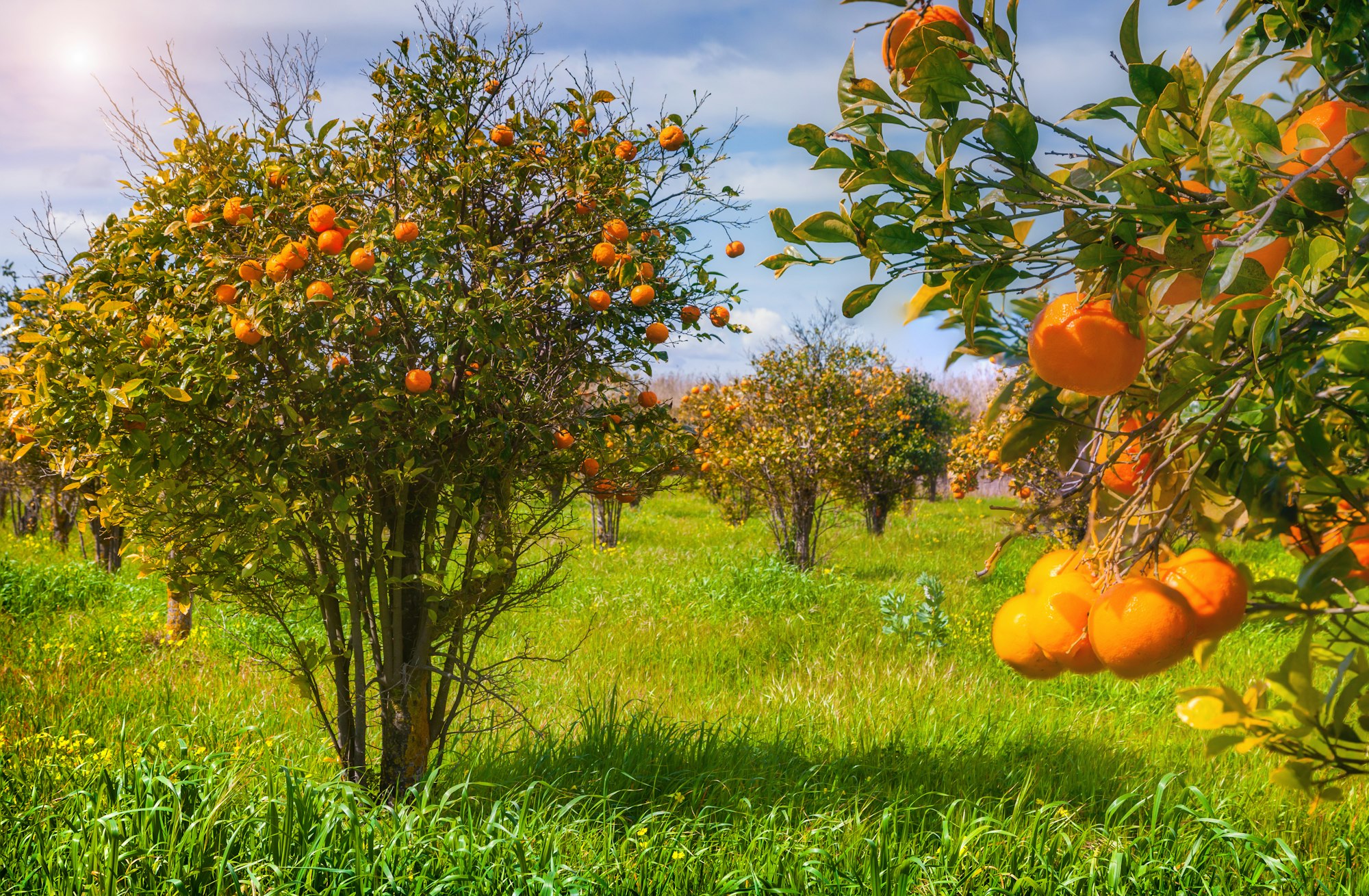
Nearly 90 percent of the raw (untreated) water provided by the Nevada Irrigation District goes for irrigation purposes to more than 5,600 connections. This water irrigates more than 32,000 acres. Through their efforts, the District’s agricultural customers play a vital role in water conservation and helping to preserve our finite water supply.
According to the USDA Economic Research Service, agriculture accounts for 85 percent of U.S. water consumption. With at least 40 states anticipating water shortages by 2024, sustainable water management is critical. Farmers and Ranchers can do their part to conserve water through various methods, including Water Management, Soil Management, and Plant and Livestock Management.
Water Management
Farmers and ranchers are taking steps to make irrigation systems more efficient and cost-effective to combat drought and climate change. Here are some of the most common ways to improve irrigation water management.
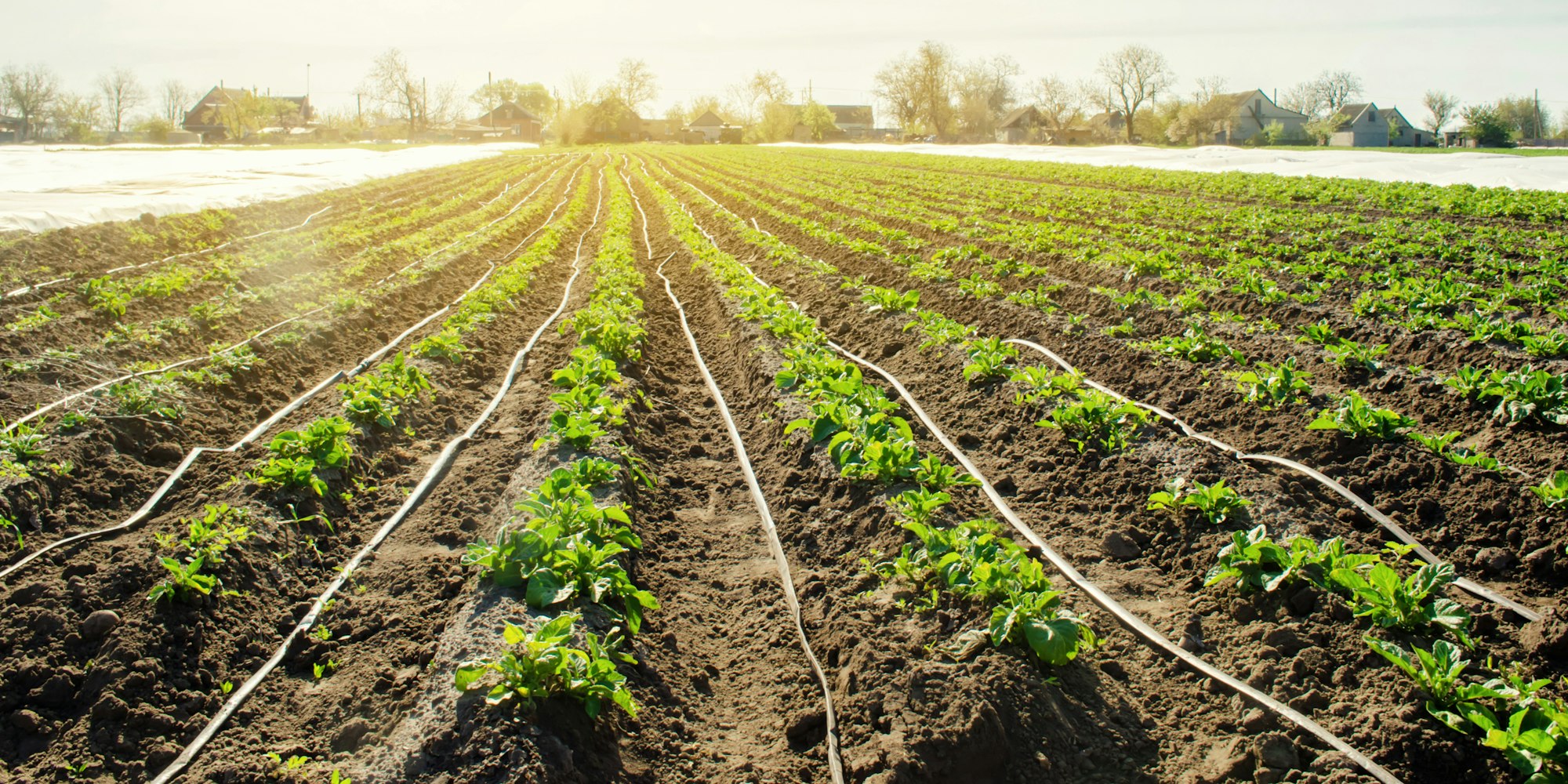
Drip Irrigation
Drip irrigation delivers water to crop roots which efficiently minimizes evaporation loss. Nutrient loss from leaching is also reduced with this method. Water is supplied under low pressure through plastic tubing, either placed on the ground or buried beneath the soil. Emitters regulate the flow rate. Timers can also schedule watering for cooler parts of the day when evaporation is less likely to occur.
Although the initial investment to install a drip irrigation system may be costly, properly installed systems can save up to 80 percent more water than conventional irrigation. An added bonus, drip irrigation can even contribute to increased crop yields!

Capturing and Storing Water
Water storage systems can be utilized to harvest and reuse water. Storing rainwater can supplement your irrigation needs and minimize the impact on the surrounding watershed. In addition to NID-supplied irrigation water, many farms build ponds to capture and store rainwater throughout the year. If properly managed, ponds can also create habitat for local wildlife.

Irrigation Scheduling
Waterwise irrigation management is not just about how water is delivered, but also when, how often, and how much. Farmers can utilize sensors and weather forecasts to obtain data regarding soil moisture. Using this information and considering the crop's needs at different growth stages, irrigation can be scheduled to optimize water conservation.
Soil Management
Soil is like a sponge. It absorbs and holds water until it reaches saturation and cannot hold anymore. Unlike an actual sponge, you can manage soil to change the amount of moisture it can hold. Some methods will increase water infiltration and water-holding capacity while reducing erosion and runoff.

Compost and Mulch
Compost is decomposed organic matter rich in nitrogen and carbon used as a fertilizer. It improves soil structure by increasing its water-holding capacity. If used correctly, it will also help eliminate plant disease organisms, weed seeds, and potentially toxic chemicals found in commercial fertilizer. Good composting requires plenty of organic materials, good aeration, moist conditions, and enough height in the pile to allow high temperatures for microbial activity.
Mulch is made from organic materials such as straw or wood chips. It is spread on top of the soil and reduces the amount of water that evaporates. It also acts as an insulating layer, keeping it cooler in the summer and decreasing weed growth. Ultimately, mulch will break into compost, further increasing the soil's ability to retain water.
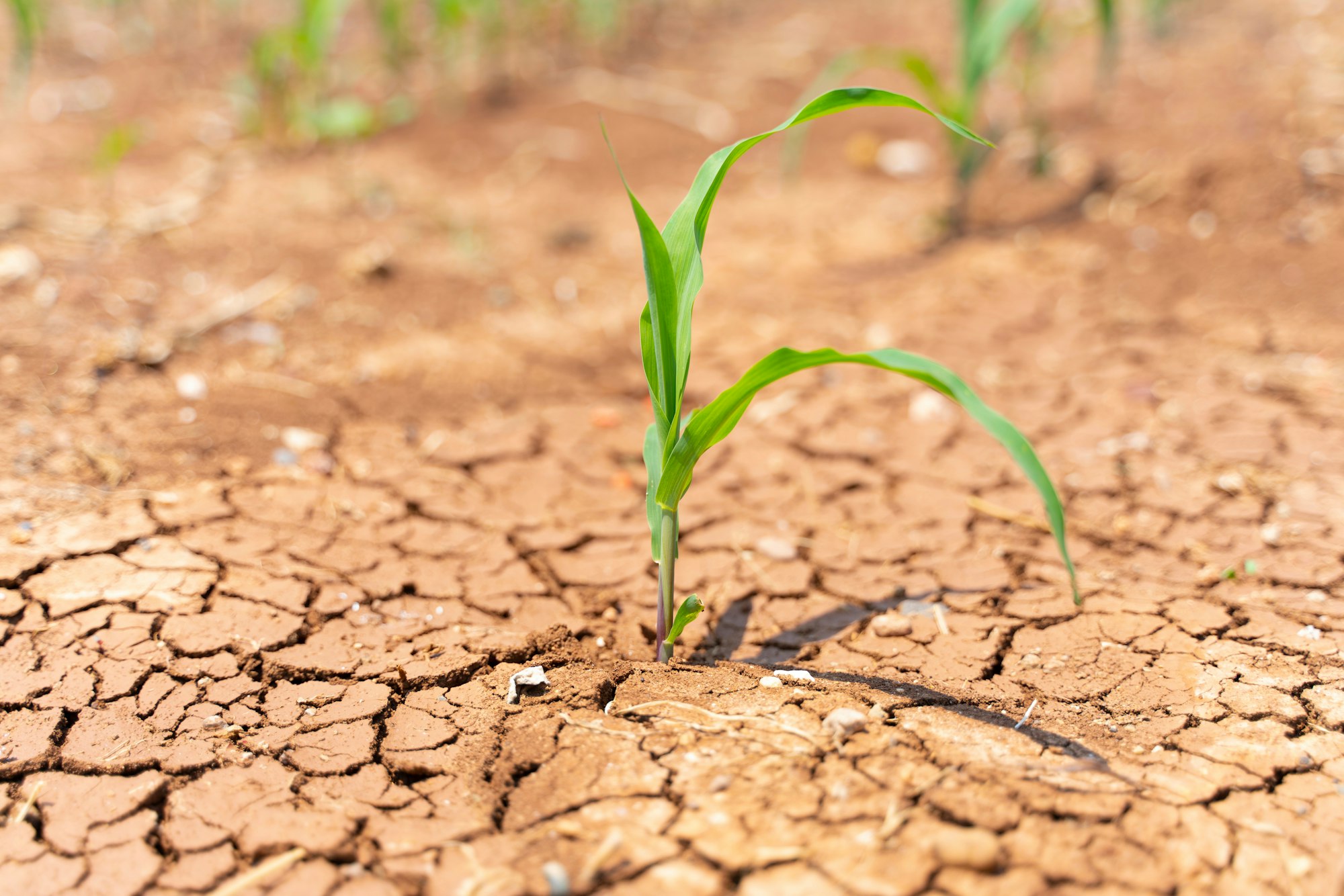
Dry Farming
Dry farming is crop production without irrigation during the dry season. It is a low-input, place-based approach to producing crops within the constraints of the area's climate by relying on previous rainfall. Considered a climate resilience strategy, dry farmers select sites with deep soil and good water-holding characteristics. To support crops, farmers use early soil prep and planting, drought-tolerant species, special tilling practices, and careful attention to microclimates. Wine grapes, olives, potatoes, and apple trees are generally successful dry-farmed crops.
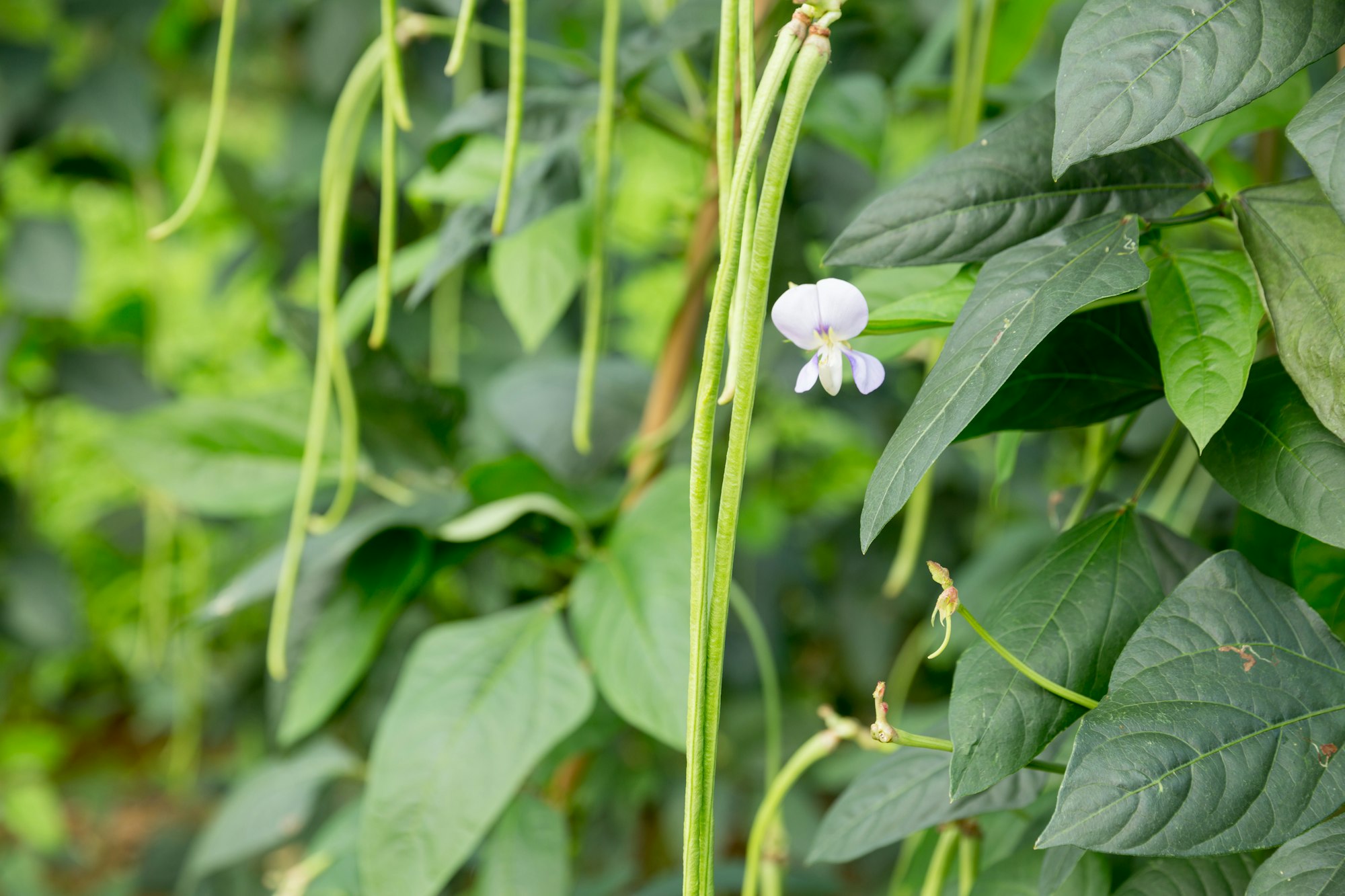
Cover Crops
The primary purpose of cover crops is to increase soil fertility, moisture level, and quality, manage erosion, improve water retention, and control weeds, pests, and diseases. Fast-growing crops, such as buckwheat, cowpea, rye, or vetch, are typically used. Cover crops are either grown between cash crop seasons or between the rows of some crops, such as fruit trees. Cover crops can boost your profits the first year you plant them and continue to improve bottom line over the years as their soil-improving effects accumulate.
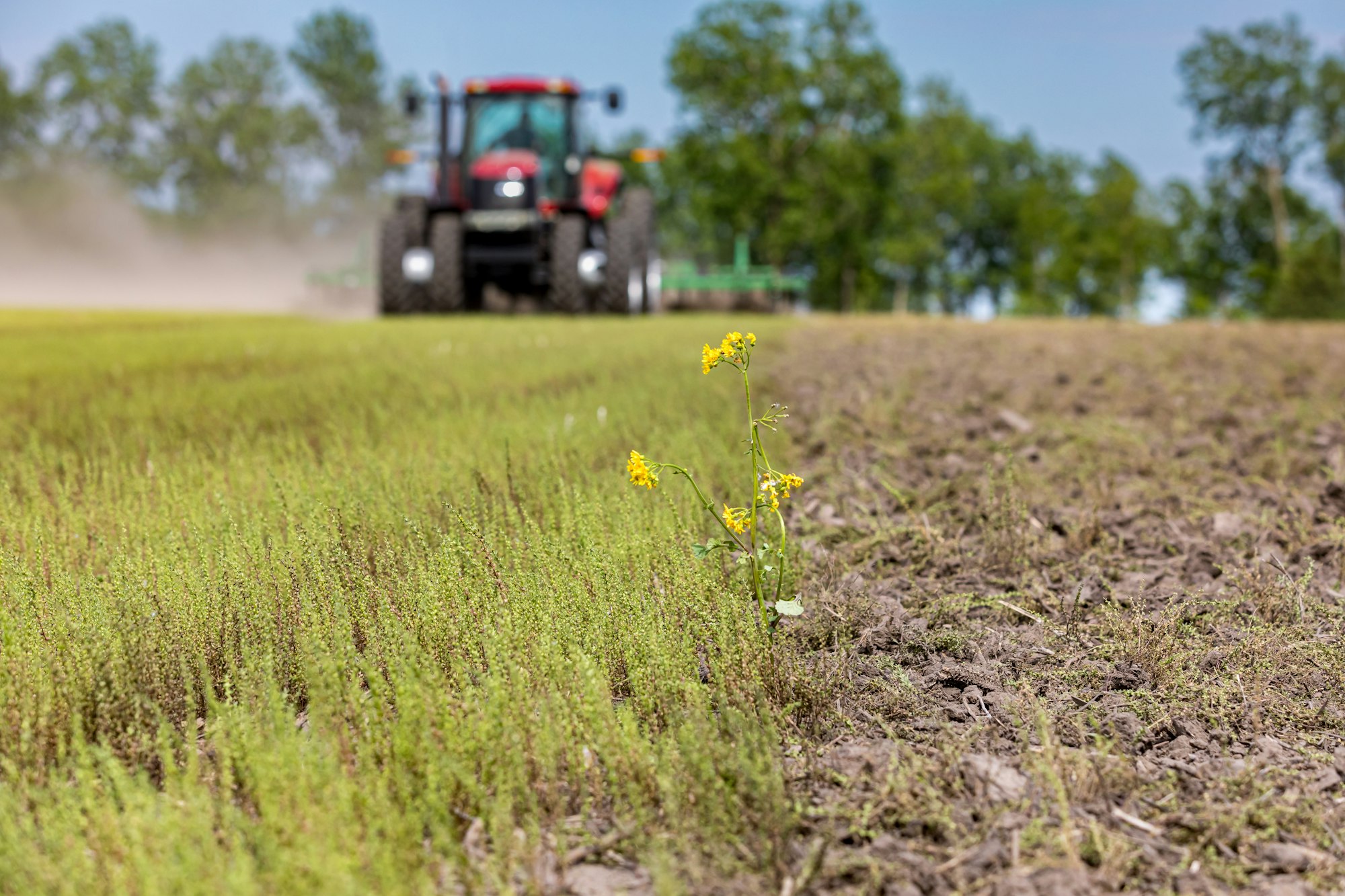
Conservation Tillage
Soil erosion from water or wind removes the productive layer of topsoil, reducing crop yields. Conservation tillage conserves soil by reducing that erosion. Specialized plows or other implements are used that partially till the earth, leaving at least 30 percent of vegetative crop residue on the surface. Similar to the use of cover crops, conservation tillage helps increase water absorption and reduce evaporation. Conservation tillage is often used in conjunction with crop rotations, cover cropping, and composting as an effective water conservation practice.
Plant and Livestock Management
Crop choices and grazing methods can either increase or decrease water demand. Employing sustainable plant and livestock management is an effective way for farmers and ranchers to conserve water.
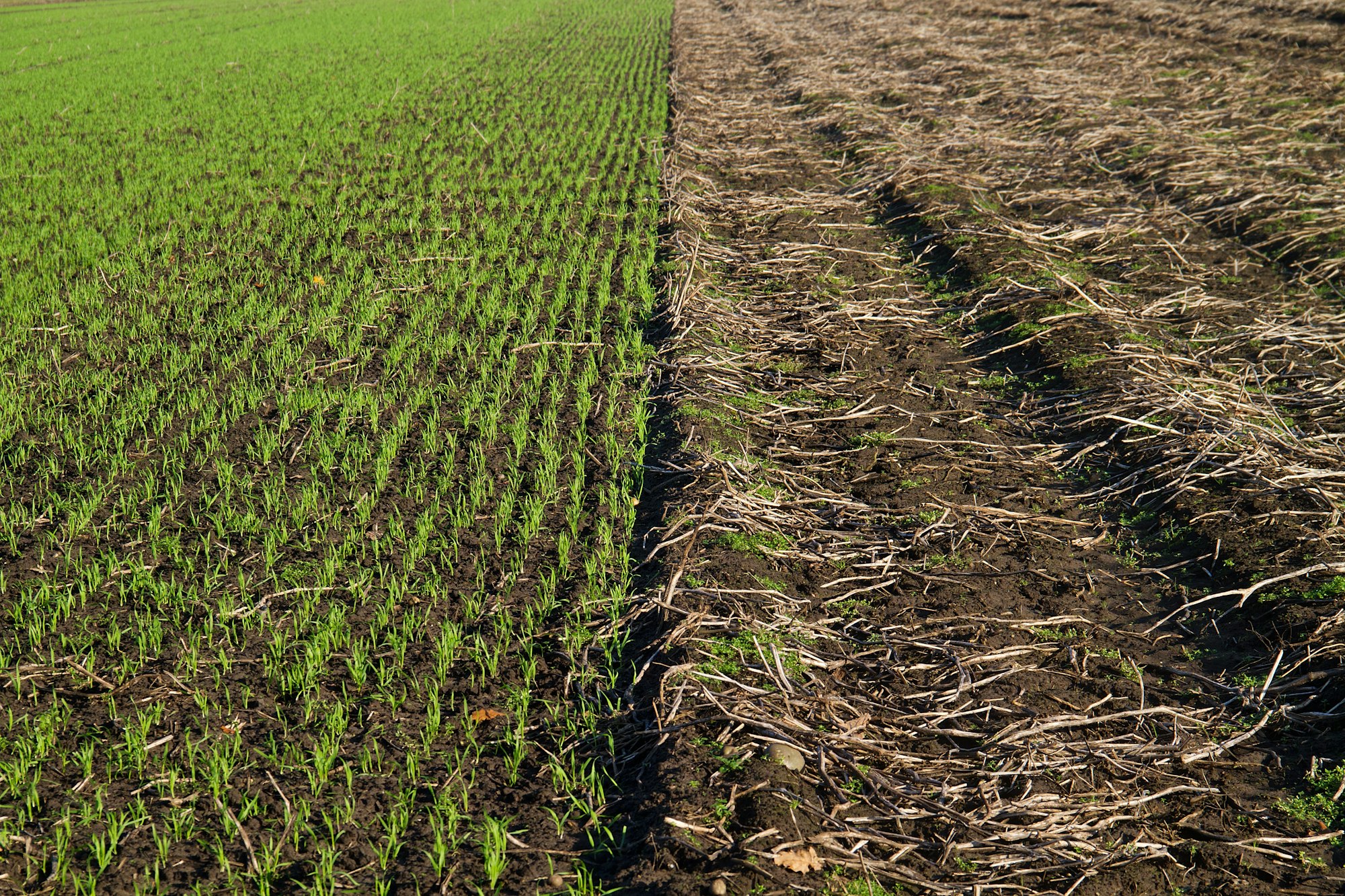
Crop Rotation
Planting different crops in sequential order on the same land improves soil health, optimizes nutrients in the soil, and combats pest and weed pressure. Crop rotation is the practice of changing crops season by season in a planned sequence. Crop rotation improves soil structure and fertility by alternating deep and shallow-rooted plants reducing erosion and increasing infiltration capacity.
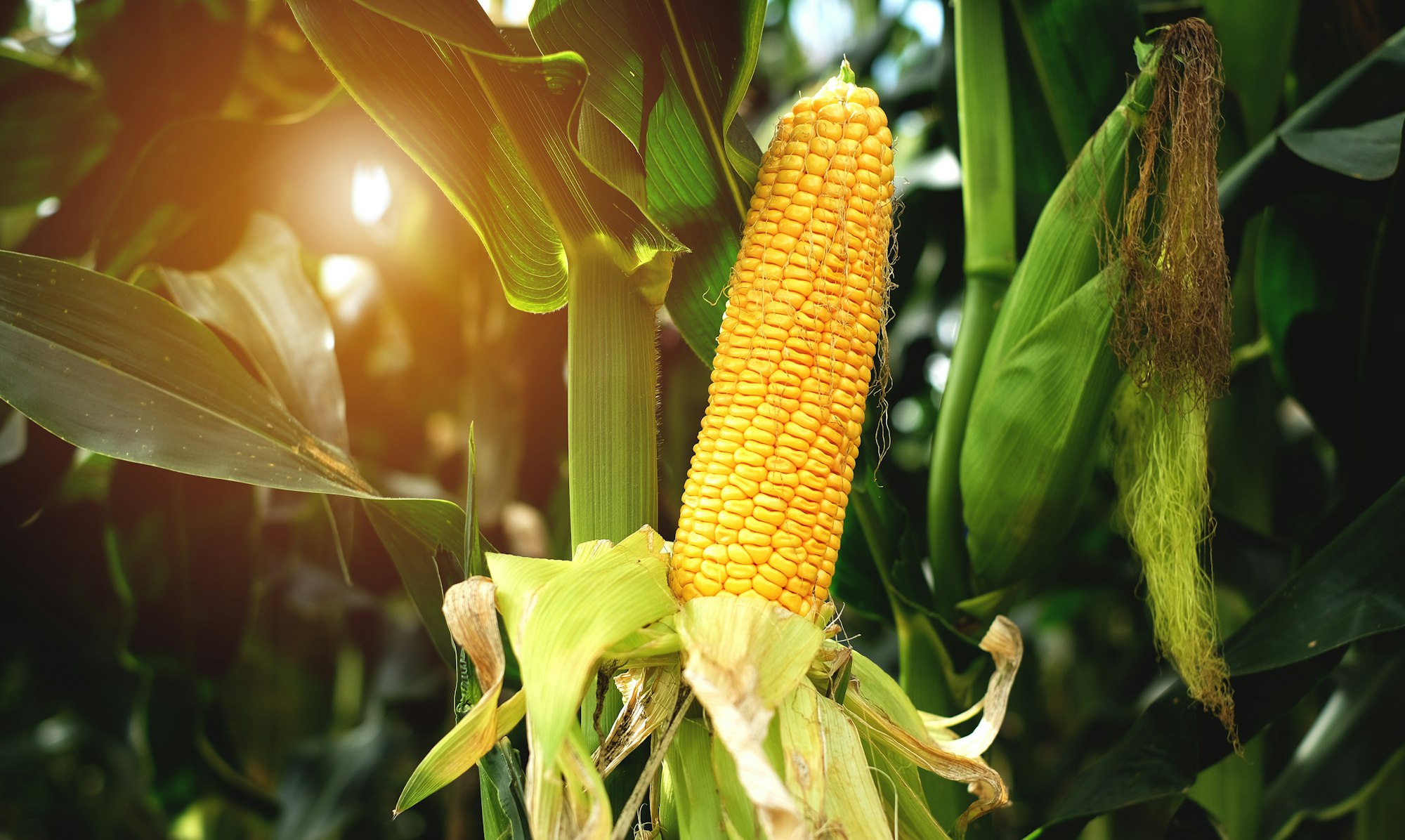
Water-Conserving Plants
Drought-tolerant crops appropriate to the region's climate allow farmers to grow more "crops per drop." Certain crops perform well in dry conditions and can help conserve moisture. Species that are native to arid regions are naturally water-conserving. Where other crop varieties are grown for their low water needs. Crops such as olives, maize, cowpeas, and rice are among the more drought-tolerant crops grown.

Rotational Grazing
Ranchers are often the first to feel the impacts of drought, especially in California. They must prepare for the challenges of drought and utilize practical ranch management options to sustain soil health, plant diversity, and livestock production. Rotational grazing is an effective management practice. Grazing management increases the fields' water absorption and decreases water runoff, making pastures more drought-resistant. Additional water-saving benefits include increased soil organic matter and better forage coverage. Cows get the nutrients they need while maintaining long-term grass and soil health through desirable pasture species and even manure distribution. An added benefit, the amount of forage harvested per acre over continuous grazing is as much as 2 tons of dry matter.
Important Tools
It will take a concerted effort across all sectors to build a more sustainable future. Conserving water in agriculture is one of the most important tools available to mitigate the effects of ongoing water scarcity. As a critical natural resource, sufficient water supplies are essential to meeting our food and fiber production needs.
NID is an active participant in water conservation. Join us as we Plan for Water over the coming decades. Community involvement is crucial to the success of our planning.
